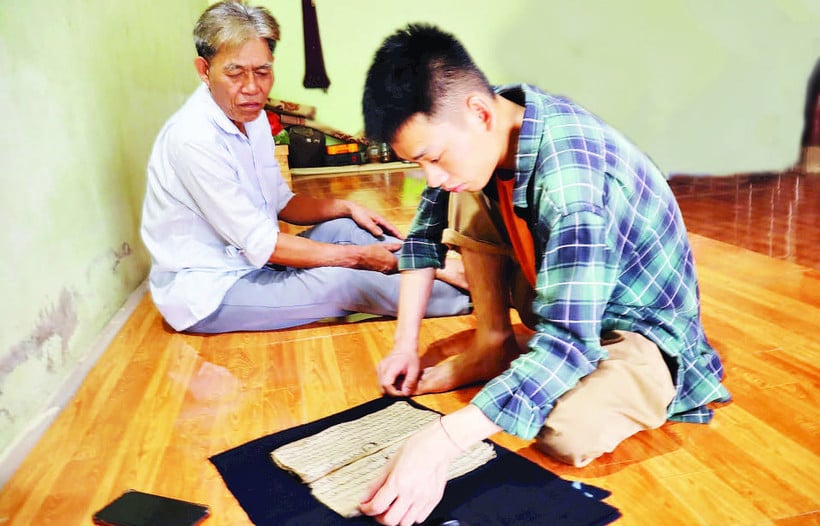
And on September 9, that set of characters was officially named in the latest updated version of Unicode (Unicode 17.0), becoming part of the global language.
Those letters in the newly updated Unicode font set are called Lai Tay by the Thai Do people - a type of letter that was once considered the soul of the people, used to record prayers, copy old stories, and preserve local knowledge.
From village to world
Last September, Cong Danh, on behalf of the research team, announced that the Lai Tay script - one of the two traditional scripts of the Thai Do people living mainly in Quy Chau, Quy Hop, Que Phong ( Nghe An ) - was officially available in the latest updated version (Unicode 17.0). The time for Unicode to approve, accept and officially encode the Lai Tay script through the proposals they made took up to three years (2022-2025).
In Unicode 17.0, the code block for the Lai Tay character set is named TAI YO. Initially, they wanted to name this code block LAI TAY according to its traditional name, but Unicode regulations do not allow naming code blocks containing vocabulary that means "letter" in that language (in this case, "lai" in Tay Do language means "letter", "tay" is Thai), so the name they agreed to use here is "tai yo". The TAI YO code block consists of 55 Lai Tay characters (glyphs) encoded in the range of 1E6C0-1E6FF (including 64 code cells).
According to Cong Danh, Unicode (or “unified code”, “single code”) is an international standard code designed to be the only code for all different languages in the world, including languages using complex hieroglyphs and a huge number of characters.
The 1998-born guy added that, for Lai Tay, if he edits text on Word using a non-Unicode font on a personal computer, it will only be displayed in another place provided that the font is installed. With Unicode, editing on Facebook, on mobile phones, etc. without a font is completely possible. This is similar to the case of the Thai alphabet of the Thai groups in northern Vietnam when it was also officially approved by Unicode in 2009 (Unicode version 5.2).
Keep the fire burning for the next generation
According to Dr. Nguyen Ngoc Binh, Head of the Department of Linguistics, University of Social Sciences and Humanities, Vietnam National University, Hanoi, the encoding of Lai Tay script will help the indigenous people better understand the writing and culture of their people, help them preserve the knowledge passed down by their ancestors through texts such as worship, epics, folk songs, etc. and especially open up a new direction in preserving the language and writing of ethnic minorities with small populations such as Thai Do.
Looking back, it was a very long journey, full of fate for Danh, Khoi and Frank van de Kasteleen to meet each other because of their common interest in Lai Tay script. In the 1990s, the Thai Do boy only hung around Dong Minh village. Until one day, Danh learned that Lai Tay script existed here when Professor, Dr. Tran Chi Doi, former Head of the Linguistics Department, University of Social Sciences and Humanities, Vietnam National University, Hanoi and linguist Michel Ferlus came to the village and asked the people to explain a text.
Curiosity grew in Danh without him realizing it, especially when his great-grandfather was a shaman and his family had lost a document. Not understanding what was written in that document, he felt regretful! From this regret, he silently told himself that he needed to learn the writing of his people. And fate seemed to have arranged for Danh the path that he needed to overcome, from the lecture hall of the Linguistics Department, University of Social Sciences and Humanities, where he studied for a master's degree (and is planning to study for a doctorate) to the encoding of Lai Tay script.
Meanwhile, Khoi, born in 1990, after completing his major in information technology at Hanoi University of Science and Technology, also had a passion for ancient languages. Before meeting Danh, he spent time studying the Thai writing system. He read many documents by Meritorious Artisan Sam Van Binh, a native of Quy Hop commune (Nghe An) and found that there were differences between the language and writing system of the Thai people in the Northwest and the Thai people in Nghe An. By chance, he met Danh on social networks and the two collaborated with the idea of uploading the Lai Tay script to Unicode, before they met in person in 2021 at the Vietnam National Village for Ethnic Culture and Tourism in Dong Mo, Son Tay (Hanoi).
However, that journey lasted three years. For documents, Danh spent a long time searching and transcribing, mainly in the community and outside, such as the manuscript he showed me was taken from documents of the French Institute of the Far East in Paris (France). This process took a long time because in the community there were documents that did not have the words he needed, the documents were damaged or people did not want to show them to strangers but then "ants carry on for a long time and their nest will be full".
After trips to Que Phong, Quy Chau, Quy Hop, Danh found materials from poems, prayer texts, folk songs... There were even massive epics of about 5,000 verses, copied here and there. Basically, he found enough words, exactly 55 words as mentioned above.
As for Khoi, he took a photo of the draft and processed the image before sending it to Unicode. After contacting Unicode, they met van de Kasteleen, a Dutch friend who helped them with the necessary procedures during the proposal process and completed the dossier. Khoi said that to be recognized by Unicode, they had to write a preliminary proposal, comparing how Lai Tay script is different from Thai script and how Northwest Thai script is different from July 2022. After many submissions, revisions, and a presentation to the council, it took three years before they got what they expected: Lai Tay script was included in Unicode version 17.0 on September 9.
In addition, they also proposed a typing system but it still needs to be edited accordingly. Thanks to that, in the future, although Lai Tay script is no longer widely used, spreading it to the community to be more aware will help linguists, scientists, and researchers understand more about the traditional culture of the Thai Do people in Nghe An. And Danh and Khoi plan to continue encoding Lai Pao script, the writing of the Thai people along the Pao River including the former districts of Tuong Duong, Con Cuong, and Ky Son of Nghe An.
Language can be transmitted orally, but literature without a written language will have different versions and will gradually be forgotten. According to Danh, having a written language will create curiosity for readers, motivating them to learn the language. And he hopes that in the future, the Lai Tay script of his people will become the script of the community, no longer the script of shamans, sorcerers or dignitaries as before.
Source: https://nhandan.vn/chu-lai-tay-buoc-ra-the-gioi-post920962.html


![[Photo] Prime Minister Pham Minh Chinh receives the delegation of the Semiconductor Manufacturing International (SEMI)](https://vphoto.vietnam.vn/thumb/1200x675/vietnam/resource/IMAGE/2025/11/06/1762434628831_dsc-0219-jpg.webp)


![[Photo] Closing of the 14th Conference of the 13th Party Central Committee](https://vphoto.vietnam.vn/thumb/1200x675/vietnam/resource/IMAGE/2025/11/06/1762404919012_a1-bnd-5975-5183-jpg.webp)




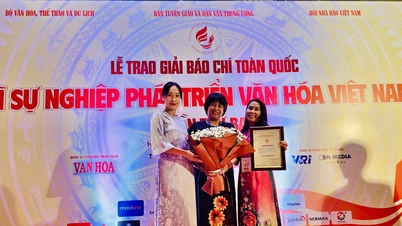

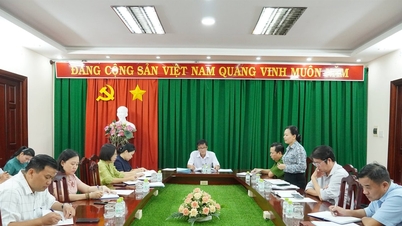

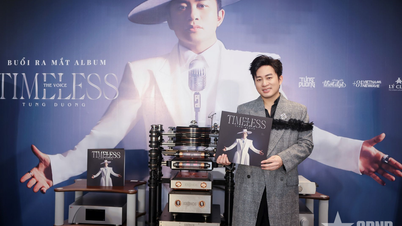








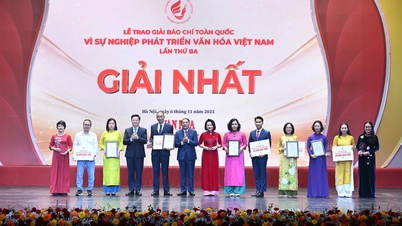
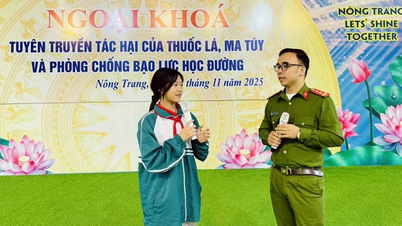

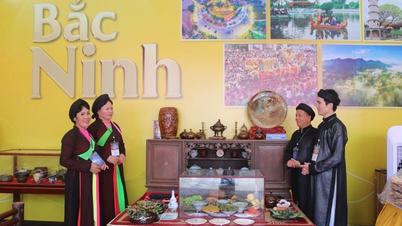







































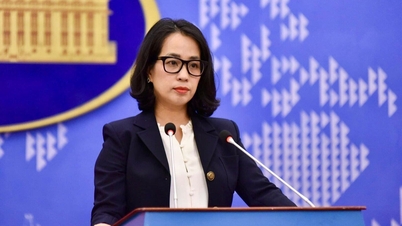
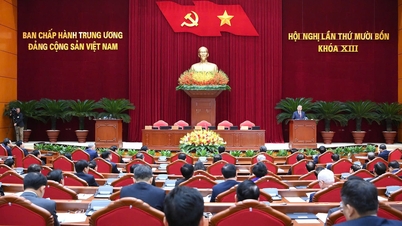















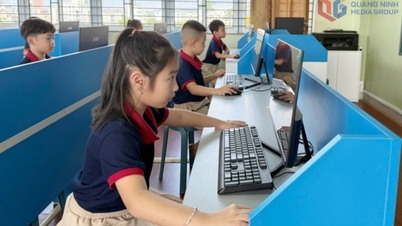

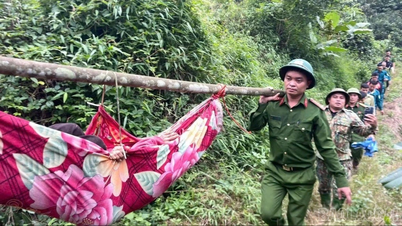

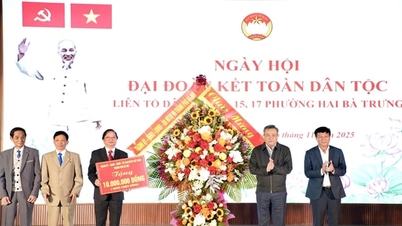


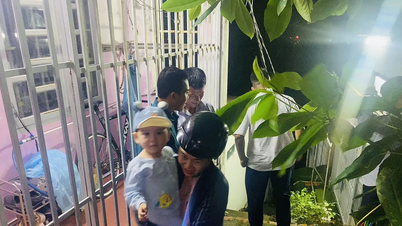















Comment (0)